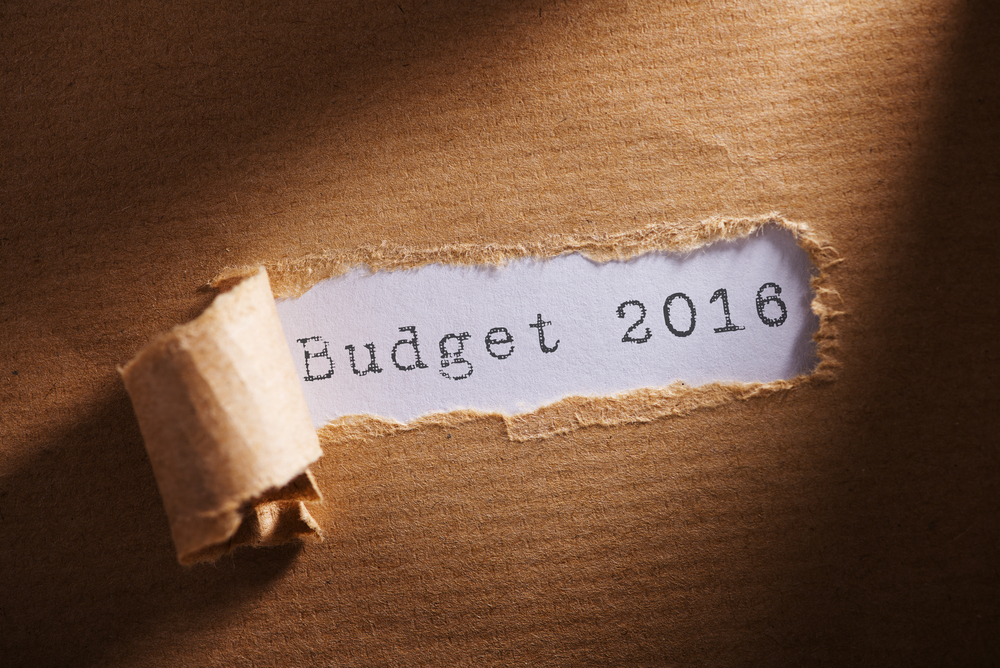Middle market businesses are set to gain from the 2016 Budget, with a raft of tax and infrastructure initiatives that seek to fulfil the government’s objectives of encouraging economic growth and employment. Unfortunately middle market business owners will not be so pleased from a personal perspective.
What’s pleasing is that the positive initiatives aren’t just temporary measures or handouts; rather, they encourage Australian businesses to reinvest capital in their own businesses. Businesses with under $10m in turnover will see an immediate benefit with a 2.5% reduction in the corporate tax rate and the extension of the $20,000 asset write off. But all businesses are set to benefit with a phased-in company tax rate cut of 5% over 10 years – taking the company tax rate down to 25% in 2026-27. The middle market is also set to benefit from simplification of the Division 7A rules as per the Board of Taxation recommendations, making it easier for Australian businesses to reduce debt, free up cash flow and increase the capacity of business to raise debt.
Significant road, rail and water infrastructure projects will also benefit both the economy and mid-market business, with downstream benefits for a range of businesses, especially in the construction industry. The capacity of infrastructure investment to result in positive jobs growth, both regionally and in cities, will have a profound impact on consumer confidence, through associated increased salaries and consumer expenditure. It was a surprise not to hear more from the government around health, education and innovation, in fact the Budget was remarkably silent on these critical areas of expenditure. However, with an election due in July, we expect to hear more announcements on these measures in the very near future.
From the positive to the cautionary, I hope the allocation of funding to establish a Tax Avoidance Taskforce doesn’t just create red tape. It would be a definite step back for Australia’s tax compliance regime if the Tax Office were to shift to an enforcement model rather than an engagement model.
By far the biggest area of concern in this Budget is around superannuation. A number of measures have been announced which ultimately add up to a threat to the integrity of Australia’s superannuation system, that was once the envy of the world. For a government so insistent on promoting innovation and entrepreneurship, the government’s superannuation changes do not make sense. Innovators and entrepreneurs want to provide for their own future, and we want them to be aspirational.
With Australians working through a debt cycle of HECS repayments, mortgages, and costs associated with their children’s education, it’s often not until their 50s that people can afford to ramp up their super contributions. The reduced annual contribution limit and a $500k cap on after tax super contributions removes that ability, and it flies in the face of the intent of the super regime. The government has stated that the intent of super is not wealth accumulation, but the provision of income for retirement. But these superannuation changes erode the ability of Australians to provide for their own retirement.
On multinational tax avoidance, we’re seeing a reflection of global reality. Australia has moved to protect its position as our trading partners head down the same path of addressing base erosion and profit shifting.
It is pleasing that the government did not make the widely rumoured changes to thin capitalisation rules. That would’ve placed our thin capitalisation regime amongst the harshest in the world, sending a bad message to international investors. While we have seen some minor changes to income tax, the government has been hamstrung by its unwillingness to consider an increase in the GST. We need a strong focus on broader tax reform in the upcoming election, and in particular a narrowing of the gap between the top marginal tax rate and the corporate tax rate.
The 10 year horizon for corporate tax rate cuts is long, and the delivery of this cut will frustrate governments if we see a dramatic change in future revenues. GST reform will be essential to guarantee the delivery of this and future reforms to benefit the engine room of the Australian economy: the middle market.
Budget highlights
- DEFICIT $37.1b (projected to $6b in 2020)
- ECONOMIC GROWTH 2.5% (flat)
- UNEMPLOYMENT down from 6% to 5.5%
- TAX Company tax down 2.5% for turnover less than $10m. Company tax rate to fall from 30% (2016) to 25% (2026), Top tax rate down from 49% to 47% from July 1, 2017. Extension of some small business tax concessions including some to those with turnover under $10m (previously $2m). Scale back of the Wine Equalisation Tax producers’ rebate.
- (not so) SUPER $1.6m pension cap, $500k after tax contributions lifetime limit, Those earning $250k pay higher contribution tax, $25kpa cap for concessional contributions
For a FREE copy of Pitcher Partners’ Budget Summary – Federal Budget Under the Microscope click here
I will be speaking at Pitcher’s Hunter Budget Breakfast Briefing on 5 May in Maitland.






